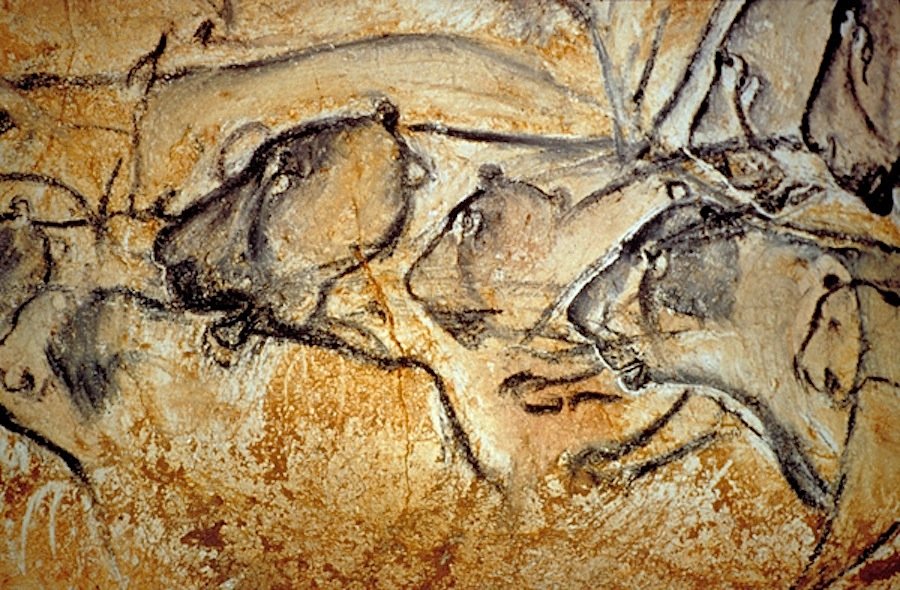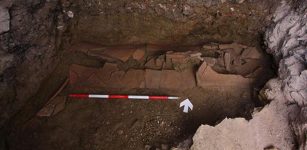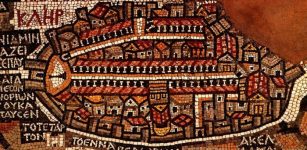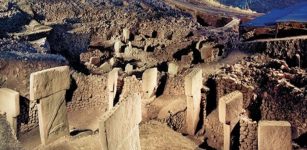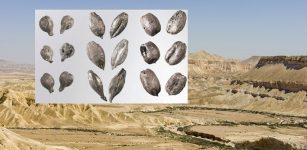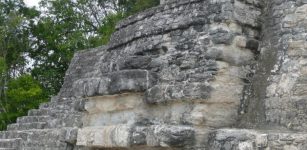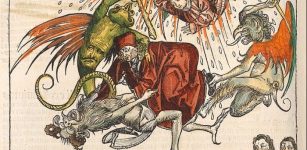Is This The Earliest Evidence Of First Human Language?
AncientPages.com - The fact that we use a language today is so obvious that most don’t contemplate when, where and how humans started using a language to communicate. However, the development of a language has long been a scientific puzzle.
A professor has now presented intriguing evidence of how the first human language appeared.
Scientists think the first human language originated about 100,000 years ago, but the evolution of this language has been a mystery.
MIT Professor Shigeru Miyagawa who is a linguist suggests clues to this mystery can be found in ancient caves.
Ancient cave art may explain how symbolic, multifaceted language capabilities evolved.
Professor Miyagawa points out that cave art is often located in acoustic “hot spots,” where sound echoes strongly.
Those drawings are located in deeper, harder-to-access parts of caves, indicating that acoustics was a principal reason for the placement of drawings within caves. The drawings, in turn, may represent the sounds that early humans generated in those spots.
See also:
Jedek: Previously Unidentified Language Found By Swedish Linguists In in Southeast Asia
A cave's acoustic "hot spot" served as a place for ceremony and story-telling. The study was published in Frontier in Psychology. In their science paper, it is explained that such places “allowed early humans to enhance their ability to convey symbolic thinking.” The combination of sounds and images is one of the things that characterizes human language today, along with its symbolic aspect and its ability to generate infinite new sentences.
Chauvet-Pont d’Arc cave in southeastern France. Credits: mockingbird.creighton.edu
“Cave art was part of the package deal in terms of how homo sapiens came to have this very high-level cognitive processing. You have this very concrete cognitive process that converts an acoustic signal into some mental representation and externalizes it as a visual,” Professor Miyagawa explains.
Cave artists were thus not just early-day Monets, drawing impressions of the outdoors at their leisure. Rather, they may have been engaged in a process of communication.
“I think it’s very clear that these artists were talking to one another,” Miyagawa says. “It’s a communal effort,” he added.
AncientPages.com
Expand for references

